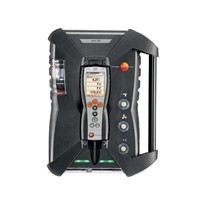The types and operations of gas analysers vary depending on their function or the type of gas substances they’re designed to measure.
In this article, we’ll go through the range of Novatech Gas Analysers.
This instrument is specifically designed to measure the concentration of oxygen levels in a wide range of combustion applications such as industrial boilers and power stations. The data that the oxygen transmitter collects is then used to control and monitor the level of air and fuel within the burner in order to maintain safe and efficient operations.
The 1732 Oxygen Transmitter can be used along with heated and unheated oxygen probes, such as the Model 1231 and 1232 from Novatech. The Oxygen Probes incorporate the world’s most rugged zirconia sensors. The Novatech in-situ probes are highly durable, with the Model 1231 probe analysing gases with temperatures below 900°C and the Model 1232 probe for temperatures 700°C to 1400°C.
1734 Carbon Transmitter with Controller
The 1734 Carbon Controller is designed to provide closed-loop control as well as in-situ measurements for one or two probes in gas and furnace generators. Novatech’s dual sensor redundancy feature prevents costly shutdowns if a probe failure occurs. Some of the measurements taken by this instrument include oxygen levels and carbon percentage.
The controller is capable of delivering 4-20mA outputs and can share information and link with other controllers using the MODBUS network. As an updated version of the 1634 model, the 1734 Carbon Controller is designed with various hardware and software upgrades for improved functionality and operation. Compared to the previous model, the 1734 unit has a more efficient probe heater control function and can deliver more accurate calculations of carbon levels. The Novatech model 1734 readily adapts to your process control system.
1735 Water Vapour Transmitter
This transmitter is designed to monitor the presence of water vapour in baking and drying applications. It is capable of operating in drying temperatures that exceed the limit of standard relative humidity sensors. Due to its main function, the 1735 Water Vapour Transmitter can be used to improve the efficiency and performance of industrial drying and baking equipment.
Together with the 1231 Oxygen Probe, the transmitter can be used to measure water vapour in various ways. One of these involves measuring the concentration of oxygen within the drying chamber of indirectly heated dryers and ovens to determine how much air space is filled by the water vapour.
Another method involves extracting process gas from a directly heated dryer and cooling it to ambient temperature in order to produce a saturated and cool reference gas. This procedure allows the oxygen probe to calculate the difference in oxygen concentration between the cooled gas and the wet process gas. Measuring the temperature of the process gas allows the percentage of the water vapour to be calculated.
1738 Dew Point Transmitter
Like the other transmitters, the 1738 Dew Point Transmitter accepts inputs from one or two oxygen probes in annealing and other furnace applications with protective atmospheres of nitrogen/hydrogen.
The 1738 model detects changes in the dew point of annealing furnaces, allowing operators to take corrective action to prevent expensive re-work due to oxidation of the product.


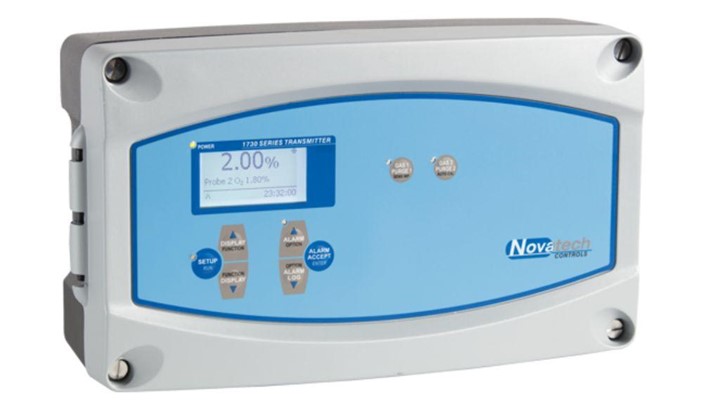
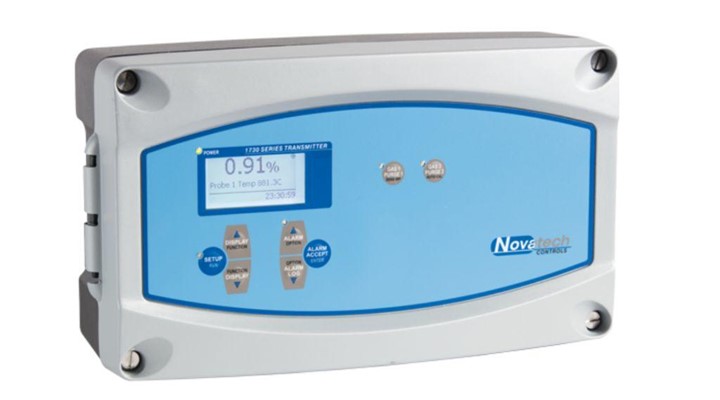
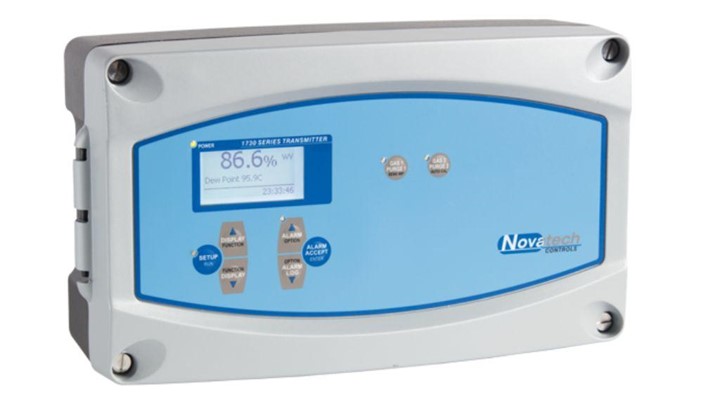
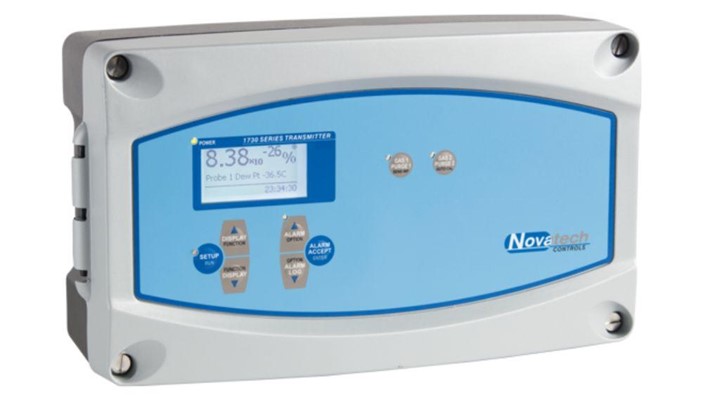

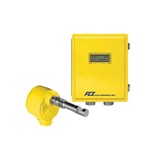
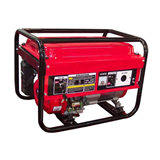
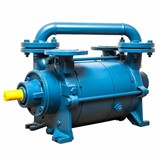
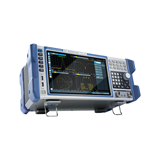
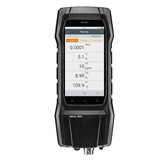
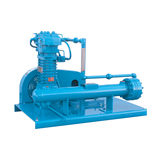

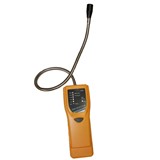
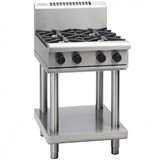
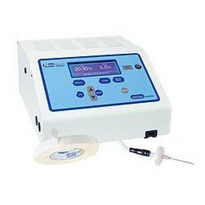
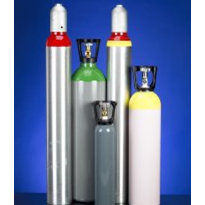
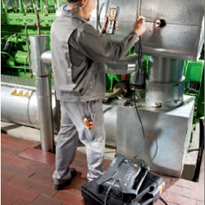
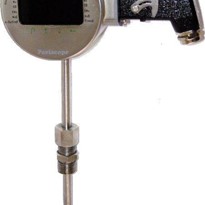
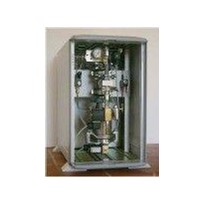
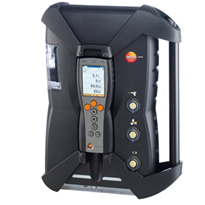
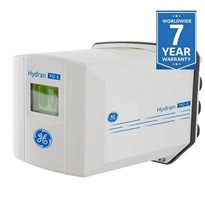
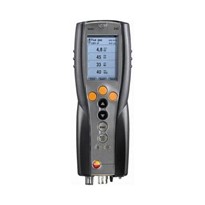
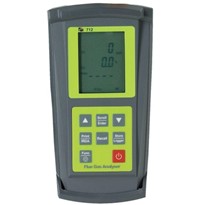
-205x205.jpg)
